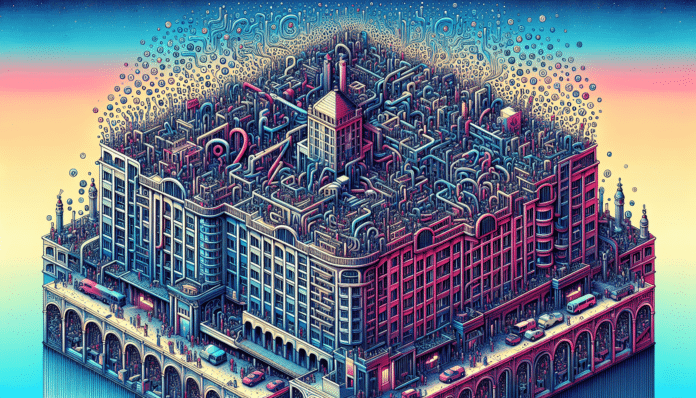In the competitive hotel industry, the key to maintaining facilities that always look new seems to lie in smarter strategies than a simple aesthetic renovation. Recent analyses reveal that one of the most effective tricks adopted by these establishments is the implementation of rigorous preventive maintenance combined with a timeless design.
Hospitality experts note that many hotels have opted for neutral color palettes and minimalist decor. This approach not only lends an air of ongoing modernity, but also facilitates the repainting and renovation of spaces without the need for costly renovations. The versatility of this design also allows for easy adaptation to trends without sacrificing the essence of the place.
Likewise, investing in quality furniture is a common practice. Although it represents a higher upfront cost, the durability achieved significantly reduces long-term replacement costs, thereby improving the customer experience and maintaining a consistently high-quality environment.
Technology is also an ally in this conservation process. Through motion sensors and energy management systems, hotels can optimize the use of their facilities, detecting underused areas and adjusting consumption, which prevents unnecessary wear and tear. In addition, digital platforms transform reservation management and communication with customers, projecting a modern and efficient image.
The component of regular maintenance cannot be underestimated. With scheduled and frequent inspections, hotels are in a position to identify and address minor wear and tear before they turn into significant problems, thereby avoiding costly future investments.
Finally, customer loyalty and customer service are vital in this equation. Establishing emotional bonds with guests not only promotes loyalty, but also provides crucial feedback, enabling the identification of areas for improvement that ensure the preservation of the hotel's image.
In conclusion, the longevity and freshness of hotels do not depend solely on aesthetic renovations, but on a clever combination of intelligent design, advanced technology, proactive maintenance, and a customer-centric approach, all of which allow these establishments to adapt and thrive in a highly competitive market.



